Ever wondered what’s on the menu when you’re floating 250 miles above Earth?
Space dining isn’t exactly a five-star restaurant experience! Astronauts face unique challenges when it comes to mealtime in zero gravity, where crumbs can damage equipment and strong smells can quickly become unbearable in confined quarters.
Let’s rocket through the cosmic cuisine astronauts can enjoy and the forbidden foods that would cause astronomical problems in space.
1. Tortillas – The Space Sandwich Superstar
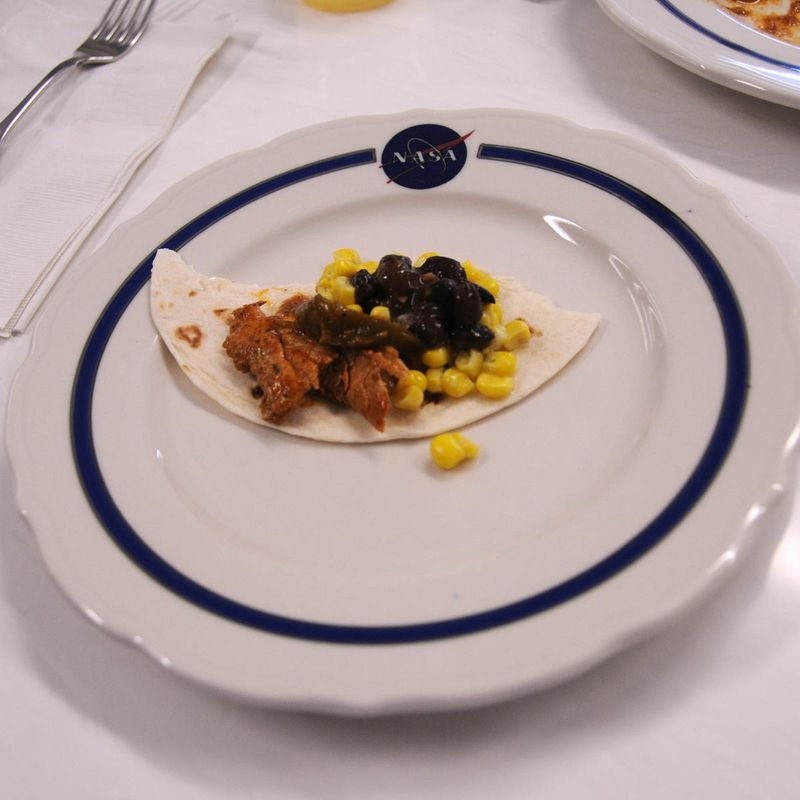
Bread’s arch-nemesis in space is the dreaded crumb! Those pesky little particles can float into sensitive equipment or become dangerous if inhaled. Enter the humble tortilla – NASA’s answer to the sandwich dilemma.
Astronauts slather these flexible flatbreads with peanut butter, honey, or tuna salad for a mess-free meal. Tortillas also last longer than regular bread without turning stale or moldy.
2. Freeze-Dried Ice Cream – The Tourist Trap Treat

Contrary to popular belief, freeze-dried ice cream rarely makes it into orbit these days! Though sold in every space museum gift shop across America, this crunchy novelty is more tourist trap than astronaut staple.
Modern space travelers prefer actual ice cream that’s sent up on supply missions with freezers. The freeze-dried version was briefly used during early Apollo missions but quickly fell out of favor due to its chalky texture and messy crumbs.
3. Shrimp Cocktail – The Orbital Favorite
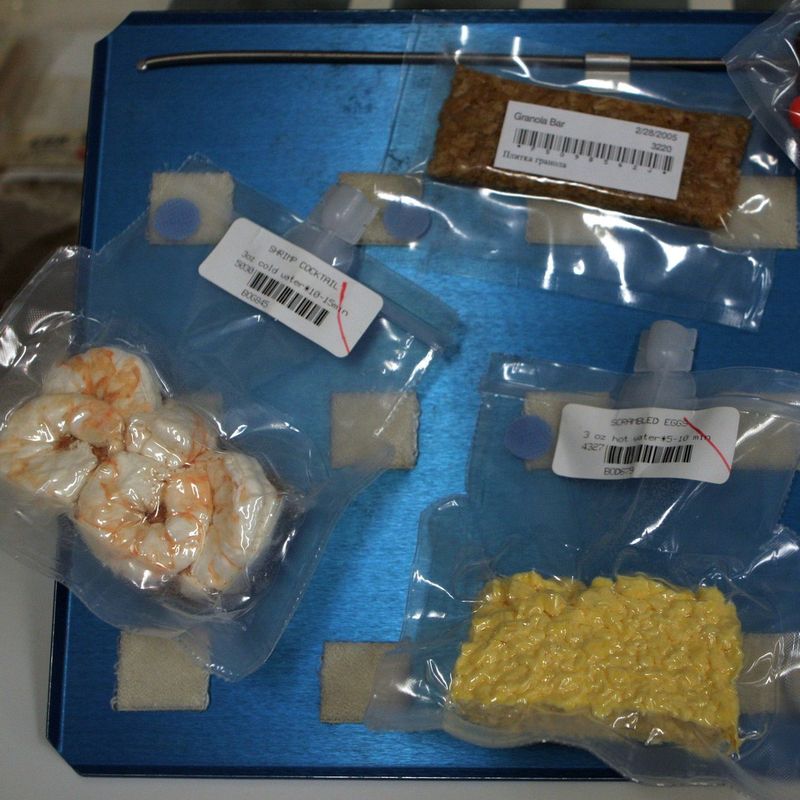
Blast off with this surprising space favorite! Shrimp cocktail consistently ranks as astronauts’ most requested meal. Why? In the vacuum of space, nasal congestion often dulls taste buds, making spicy foods particularly appealing.
The tangy cocktail sauce provides that extra zing astronauts crave when other flavors seem muted. Plus, the shrimp comes thermostabilized – a fancy way of saying it’s pre-cooked and packaged to stay fresh without refrigeration.
4. Salt And Pepper – The Liquid Condiments
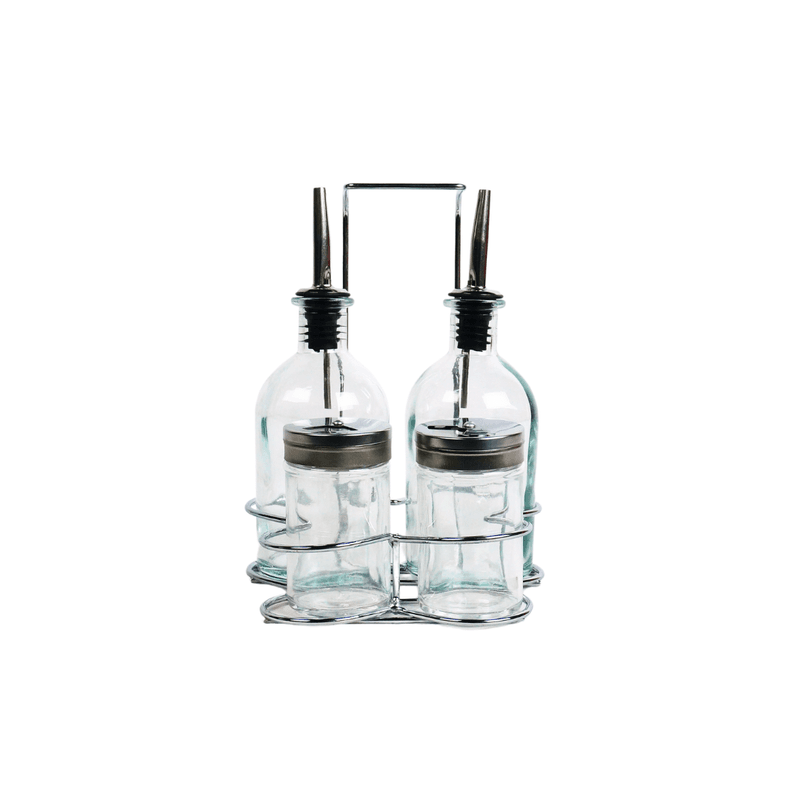
Forget shakers! Salt and pepper in space come dissolved in liquid form inside squeeze bottles. Traditional granular seasonings would float away, potentially damaging equipment or irritating astronauts’ eyes and noses.
These liquid versions might seem strange to Earthlings, but they’re perfect for the microgravity environment. Just a squirt adds flavor without the risk of rogue particles drifting through the cabin. Talk about a space-age solution to a gravity-free problem!
5. Thermostabilized Fruits – The Fresh Food Fix
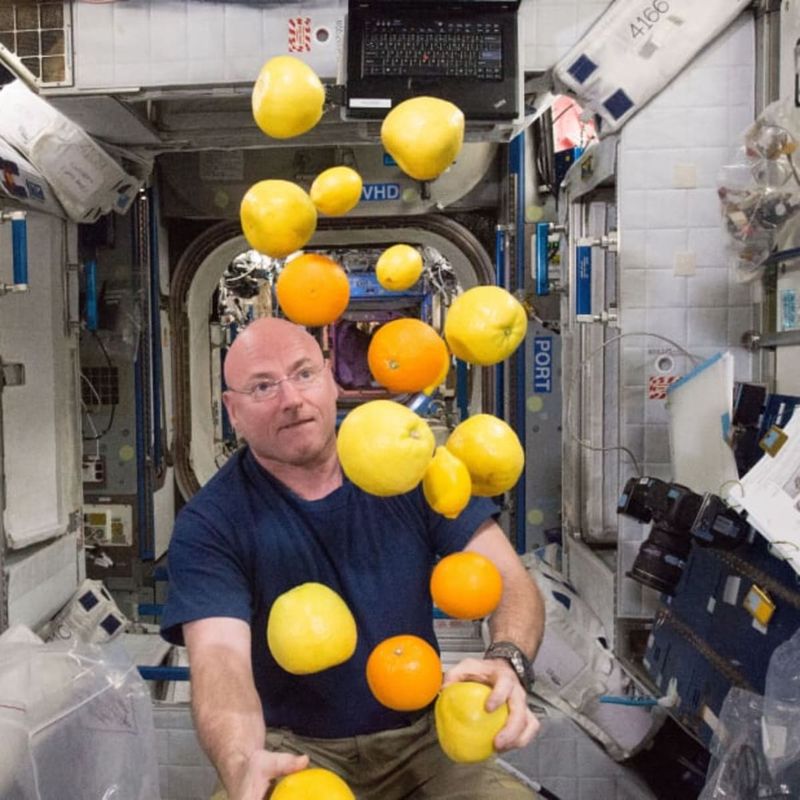
Missing Earth’s bounty while orbiting the planet? NASA’s got you covered with thermostabilized fruits! These treats undergo a heating process similar to canning that destroys microorganisms while preserving flavor, texture, and nutrients.
Astronauts can enjoy everything from peaches to pineapples without worrying about spoilage. The fruits come in plastic pouches that astronauts can eat directly from – no plates required in the weightless environment of space!
6. M&Ms – The Colorful Cosmic Candies
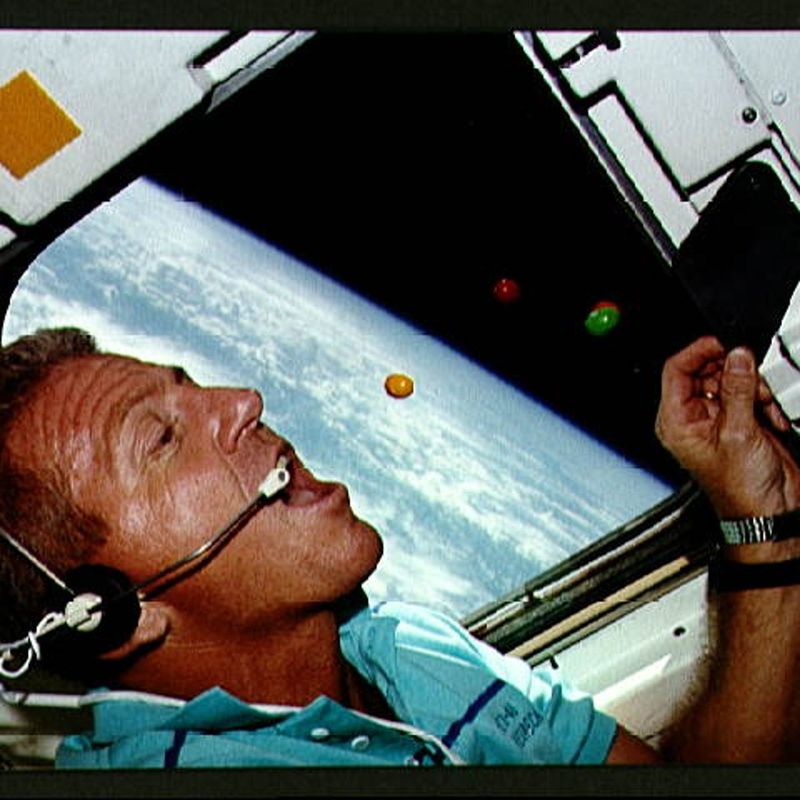
Houston, we have chocolate! M&Ms rank high on the space station snack list because their candy shell prevents the chocolate from crumbling or melting all over astronauts’ hands and equipment.
These colorful treats float delightfully in zero gravity, creating an entertaining eating experience. Astronauts have been known to chase and catch them with their mouths—a game and dessert all in one! Who wouldn’t want to play with their food when it hovers magically before them?
7. Hot Sauce – The Flavor Savior

Blast your taste buds into orbit! Hot sauce is practically liquid gold on space missions, where altered senses of smell and taste make most foods seem bland. Astronauts often request extra bottles of the spicy stuff to jazz up their meals.
The capsaicin in hot sauce cuts through the flavor-dulling effects of microgravity. Plus, unlike dry spices that could float away and cause havoc, hot sauce stays put where it belongs—on the food and not in someone’s eye!
8. Espresso – The ISSpresso Innovation
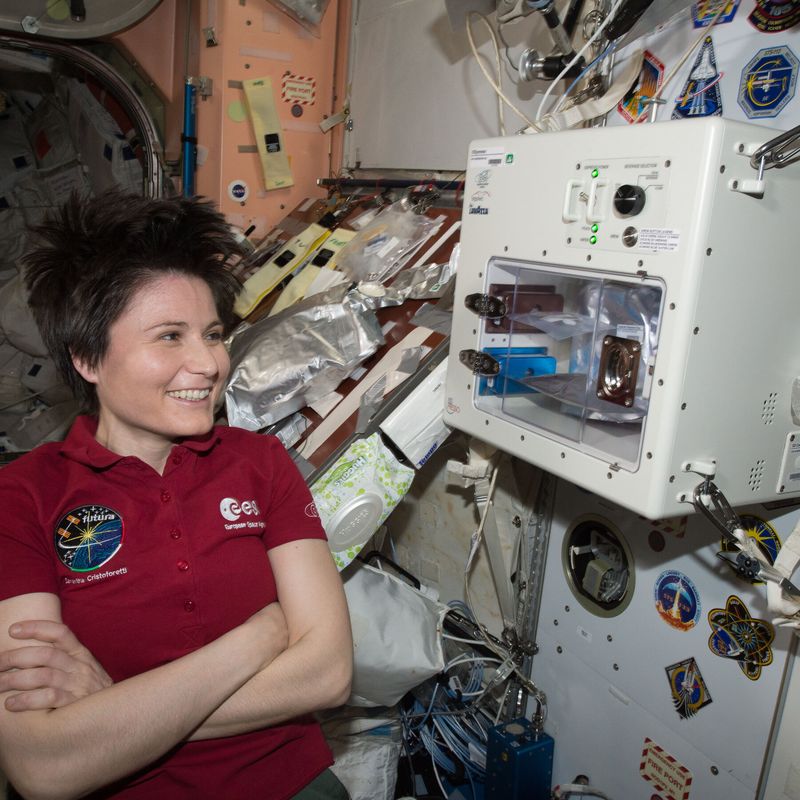
One small sip for an astronaut, one giant leap for coffee lovers everywhere! In 2015, Italian astronaut Samantha Cristoforetti made history by brewing the first espresso in space using the specially designed ISSpresso machine.
This engineering marvel uses capsules similar to Keurig pods but dispenses the precious caffeine into sealed pouches with straws. The machine required years of development to handle water pressure in microgravity without creating dangerous steam or spraying hot liquid throughout the cabin.
9. Honey – The Sticky Solution
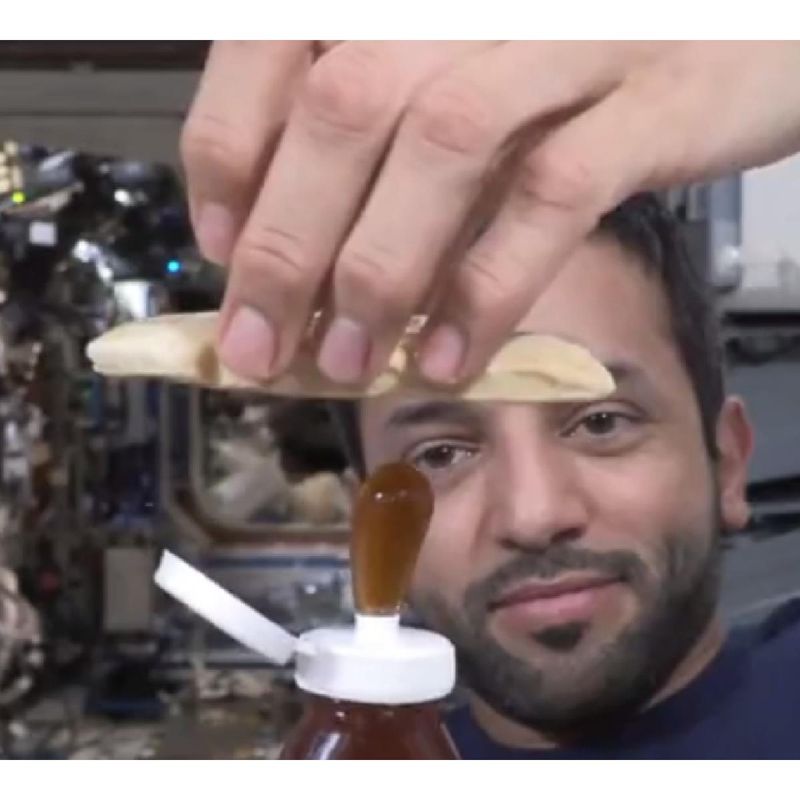
Honey’s natural viscosity makes it a stellar space food! Unlike sugar, which would scatter into dangerous floating crystals, honey stays put even in zero gravity. Its thick consistency prevents it from forming droplets that could float into equipment or astronauts’ eyes.
Beyond its practical benefits, honey doesn’t spoil, making it perfect for long-duration missions. Astronauts squeeze it from tubes directly onto their space tortillas or into their tea, avoiding the sticky situation that would result from using a spoon!
10. Nuts – The Protein-Packed Snacks
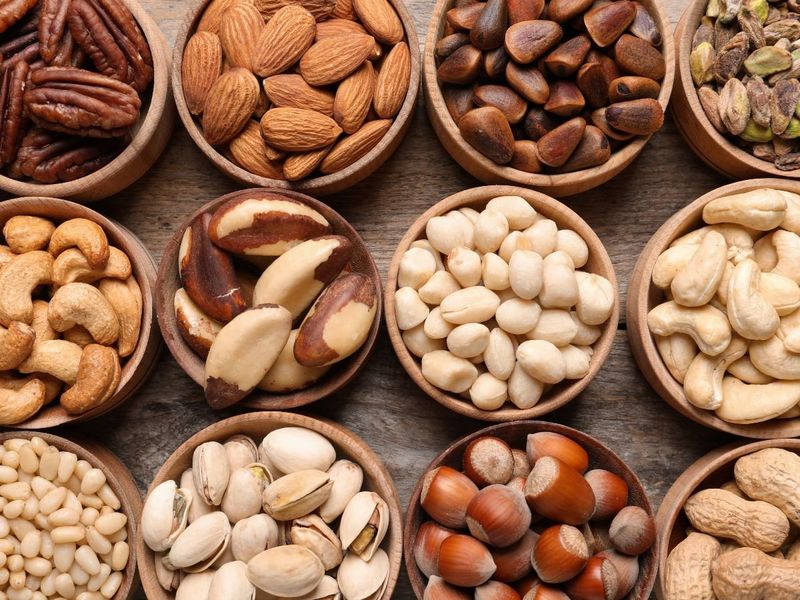
Going nuts for nuts in orbit! These protein powerhouses provide essential nutrients and energy without the crumbly mess of many other snacks. Their natural oils and fats satisfy hunger while taking up minimal storage space – a crucial consideration when every cubic inch counts.
Almonds, peanuts, and cashews come vacuum-sealed to prevent them from going rancid during long-duration missions. Astronauts particularly appreciate these familiar Earth snacks when homesickness strikes during extended stays among the stars.
11. Bread – The Crumbly Catastrophe
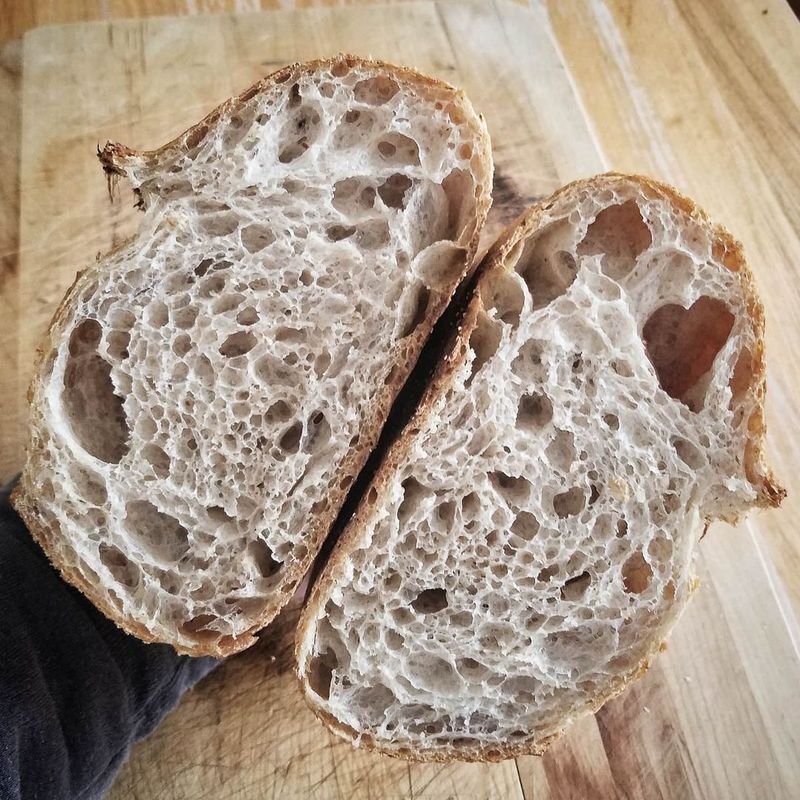
Houston, we have a problem – and it’s bread crumbs! Regular bread is banned from space missions because it creates a perfect storm of problems in microgravity. Those tiny crumbs don’t simply fall to the floor – they float everywhere!
Imagine dangerous particles drifting into sensitive equipment, ventilation systems, or even astronauts’ eyes and lungs. One sandwich could potentially jeopardize an entire mission. That’s why NASA engineers developed crumb-free alternatives like tortillas for their hungry space travelers.
12. Soda – The Fizzy Fiasco
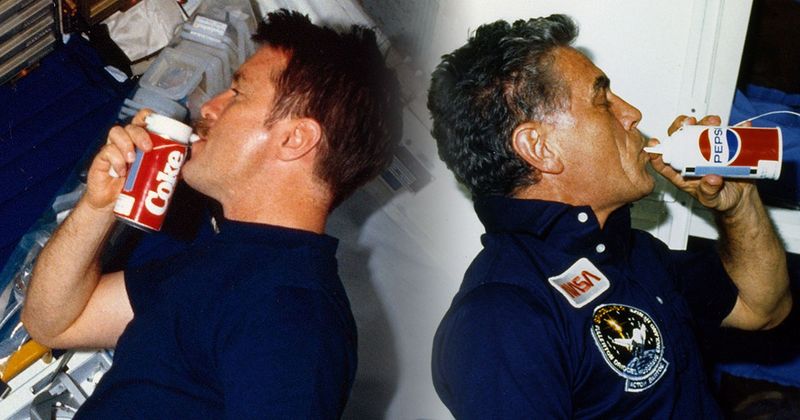
Forget about enjoying a refreshing cola while gazing at Earth from orbit! In microgravity, the gas doesn’t rise to the top of liquids as it does on Earth – it stays mixed throughout, creating a foamy, unpleasant mess when opened.
What’s worse, the human digestive system relies on gravity to separate liquid from gas. Without this natural separation in space, astronauts would experience painful “wet burps” – a mixture of liquid and gas coming back up. Not exactly the refreshment they’re looking for!
13. Salt And Sugar – The Floating Hazards

Sprinkling salt or sugar on your space food? Think again! These granular seasonings become dangerous projectiles in microgravity, floating freely throughout the cabin and potentially damaging sensitive equipment or irritating astronauts’ eyes and lungs.
NASA solved this cosmic conundrum by developing liquid versions contained in squeeze bottles. These special formulations allow astronauts to season their meals without creating a galaxy of floating particles. Sometimes the simplest Earthly pleasures require the most complex space solutions!
14. Alcohol – The Forbidden Spirit
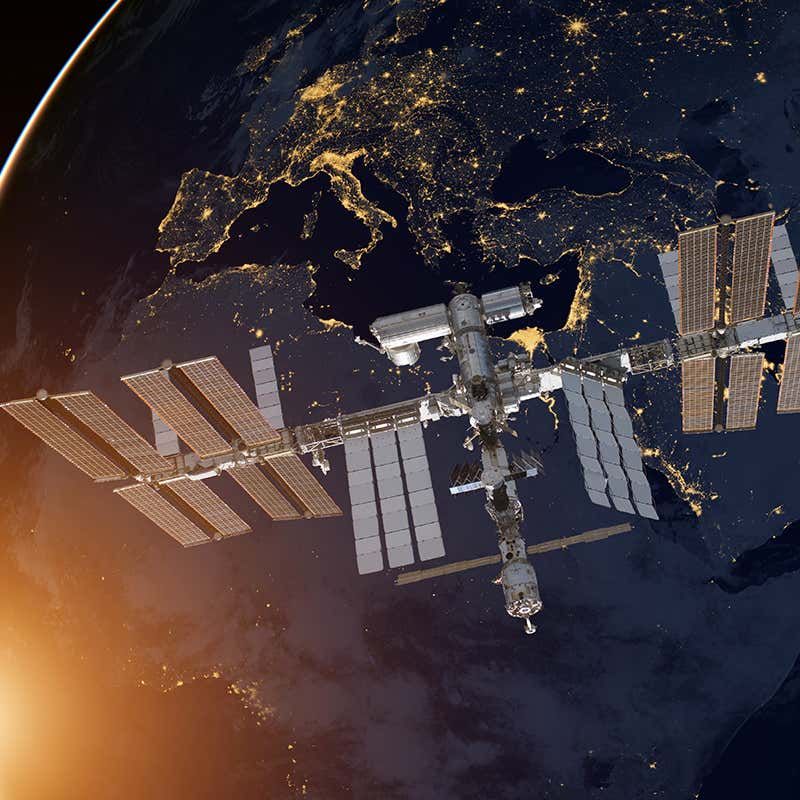
Sorry, space travelers – happy hour is canceled! Despite rumors of smuggled vodka on Russian missions, alcohol is strictly prohibited on space stations. NASA cites concerns about alcohol’s impact on the Environmental Control and Life Support System that recycles air and water.
Moreover, alcohol affects the body differently in space, potentially impairing judgment more quickly than on Earth. When you’re orbiting at 17,500 mph in a hostile environment where one mistake could be catastrophic, keeping a clear head becomes rather important!
15. Pizza – The Delivery Dilemma
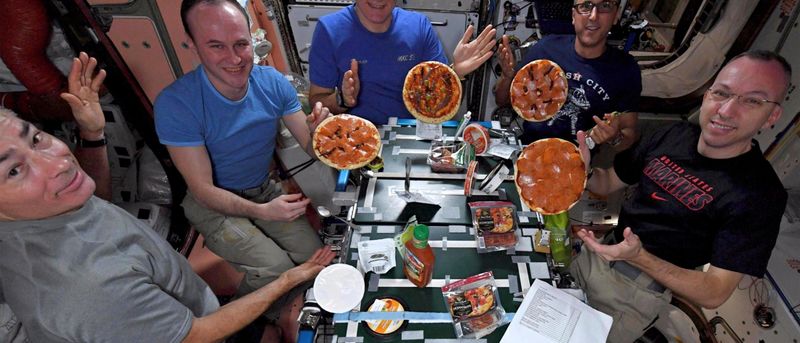
Craving a cheesy slice while circling the Earth? Regular pizza presents multiple space hazards – from floating toppings to greasy fingers that could smudge crucial equipment. The cheese would also separate into globules, creating a floating dairy disaster!
Though traditional pizza is off-limits, NASA has developed a shelf-stable flatbread version. In 2017, astronauts even assembled their own pizzas using tortillas, sauce, and cheese – a rare treat that required special permission and careful eating techniques.
16. Chips – The Dangerous Delights
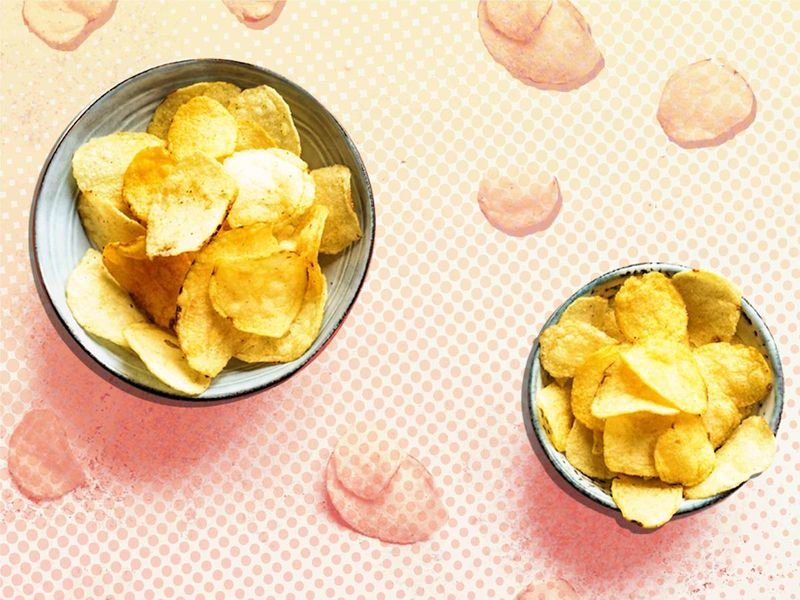
Crunch all you want – just not in space! Potato chips and similar snacks create a perfect storm of space hazards. Their fragile structure breaks into sharp fragments that float throughout the cabin, potentially damaging equipment or becoming inhalation hazards.
The grease factor compounds the problem, as oily residue could transfer from astronauts’ fingers to sensitive control panels. For these reasons, chips remain firmly Earthbound while astronauts make do with specially designed, less crumbly alternatives like nuts or fruit crisps.
17. Fresh Bread – The Mold Menace
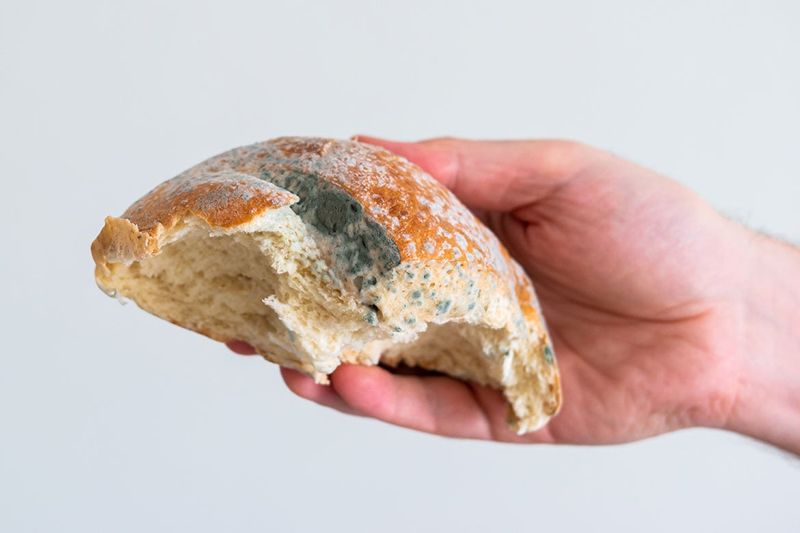
Fresh-baked bread might smell heavenly, but it’s a hellish problem in space! Beyond the crumb issue, fresh bread has a short shelf life and quickly develops mold – an especially dangerous concern in the closed environment of a space station.
Mold spores could spread through air circulation systems, potentially causing respiratory issues or contaminating experiments. With limited medical resources available in orbit, preventing fungal growth becomes critically important. That’s why astronauts stick to specially processed foods with extended shelf lives.
18. Yogurt – The Bacterial Concern
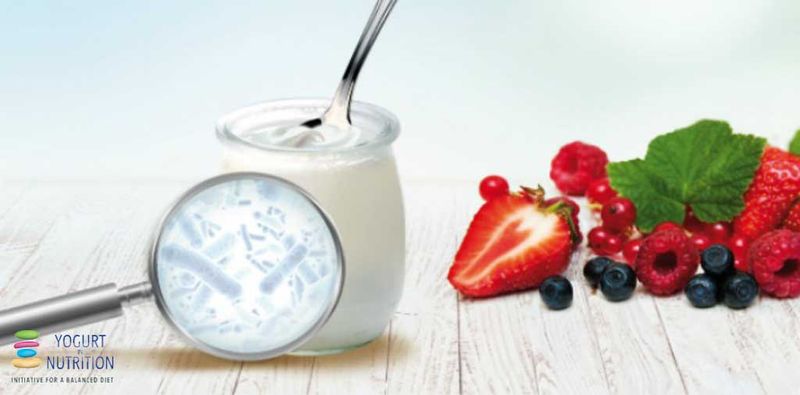
Though packed with beneficial probiotics on Earth, traditional yogurt poses unique challenges in space. Without proper refrigeration, harmful bacteria could multiply rapidly, potentially causing foodborne illness when astronauts are far from medical facilities.
Additionally, the runny consistency creates a containment nightmare in zero gravity. Imagine globs of yogurt floating freely around the cabin! For these reasons, astronauts must forgo their morning parfaits and settle for shelf-stable alternatives that won’t turn their spacecraft into a floating petri dish.
19. Eggs – The Breakfast Impossibility

Scrambled, over-easy, or sunny-side up? How about none of the above! Fresh eggs are completely impractical in space due to their short shelf life and fragility during launch.
Even if they survived the trip intact, cooking raw eggs would create a floating mess of potentially dangerous protein globules. Instead, astronauts make do with freeze-dried egg crystals that can be rehydrated with hot water. Not quite the farm-fresh experience, but when you’re orbiting Earth at 17,500 mph, some compromises are necessary!
20. Fish – The Smelly Situation
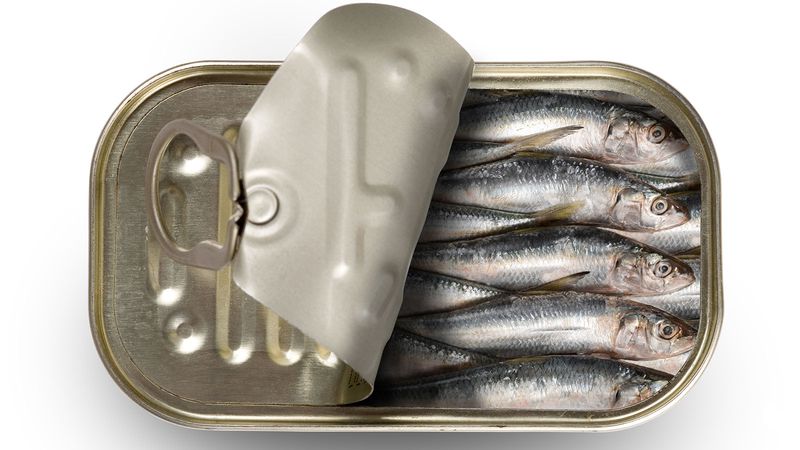
Something fishy is going on—or rather, it isn’t! Fresh fish is banned from space stations for obvious reasons: the smell would quickly become unbearable in the confined, recycled-air environment where astronauts live and work.
With no escape from odors in the sealed spacecraft, even the biggest seafood lovers would think twice about preparing fish. Specially processed, thermostabilized fish products occasionally make the cut, but that fresh-caught salmon will have to wait until the mission returns to Earth.

